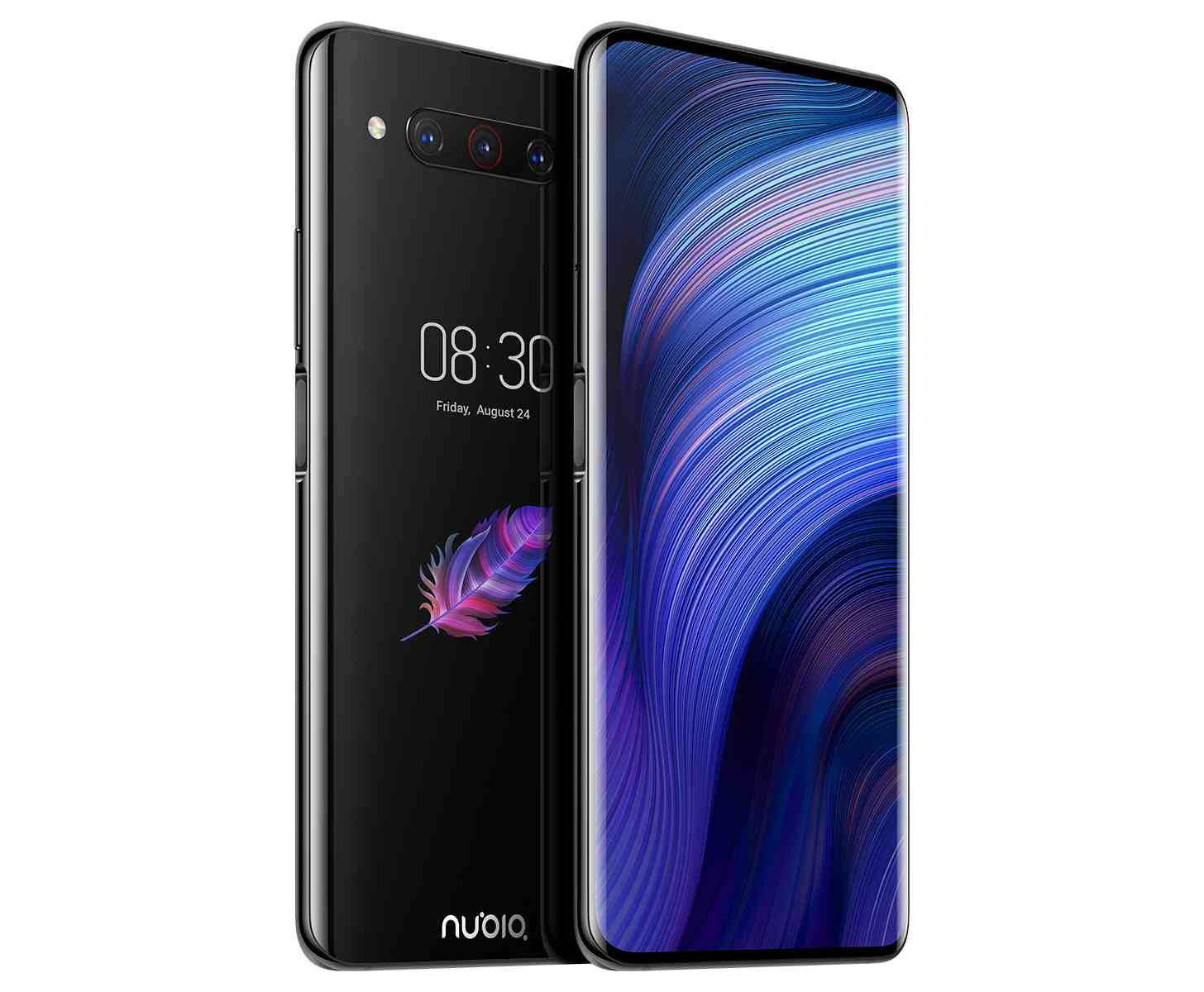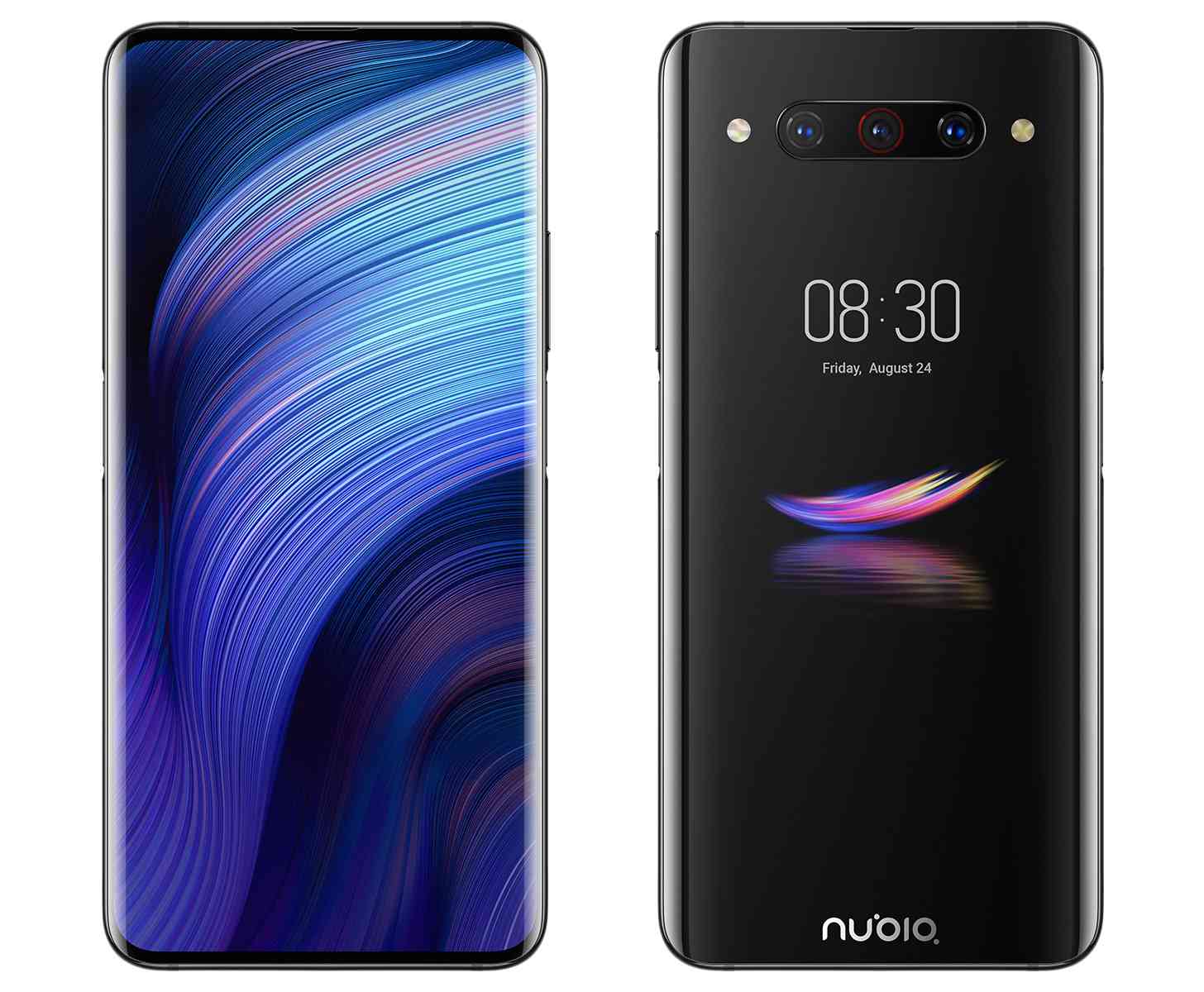
The Nubia Z20 made news when it debuted a couple of months ago because it features two screens: one on the front and one on the back. Fast-forward to today and you can now buy Nubia's dual-screen smartphone.
Nubia is selling the Z20 around the world. It's available in the U.S., Canada, the U.K., the European Union, Australia, Hong Kong, Israel, Japan, Singapore, Indonesia, Taiwan, and Macao. Pricing is set at $549/£499/€549 for the model with 8GB of RAM and 128GB of storage.
One of the main draws of the Nubia Z20 is its dual-screen setup. The main display is a 6.42-inch AMOLED display with a resolution of 2340x1080, curved edges, and a 19.5:9 aspect ratio. There's no notch or hole-punch on that screen, and that's thanks to the rear display that you can use as a viewfinder for the camera. That back screen is a 5.1-inch 1520x720 AMOLED panel with curved edges.
To take advantage of those two displays, Nubia has included a Dual-screen Multitasking feature that'll let you use multiple apps simultaneously or check notifications on one screen and open them on the other. There's an Always-On Display feature, too, as well as a Light Effect that'll show custom graphics or rhythmic effects when you're gaming, listening to music, or taking a call.

The cameras on the Z20 include a 48MP main cam with Sony IMX586 sensor, f/1.7 aperture, and optical image stabilization. There's also a 16MP ultra wide angle camera with 122.2-degree field of view and an f/2.2 aperture, and an 8MP telephoto snapper with 3x optical zoom and f/2.4 aperture. Since there's a display on the back of the Nubia Z20, any of those three cams could be used as your selfie camera.
Inside, Nubia has crammed a Snapdragon 855+ processor along with a 4000mAh battery. The Z20 supports up to 27W fast charging, and Nubia says that you can recharge that battery from 0 to 100 in less than 100 minutes. You can also use just the rear display to conserve power if you find yourself with a low battery charge and no outlet in sight.
With its two screens, the Nubia Z20 is definitely an interesting device, and Nubia has managed to avoid using a notch or waterdrop display with an uncommon solution. Thankfully, the Nubia Z20 is also a pretty well-specced device, so it isn't a device that gets your attention with the two screens but then doesn't have the specs to perform as your daily driver.
What do you think of the Nubia Z20? Do its dual screens and high-end specs have you thinking about buying one of your own?